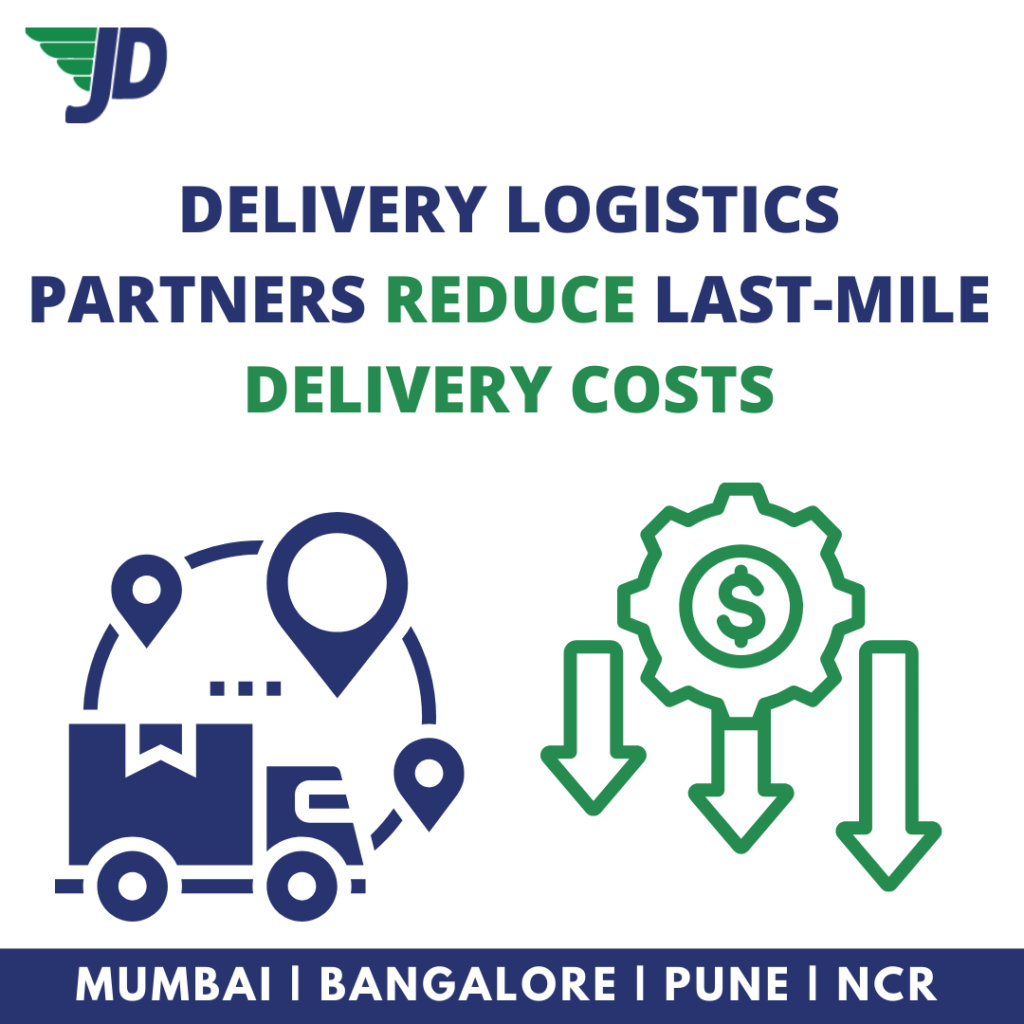Unlocking the Power of Pallets
Pallets, the unsung heroes of warehousing, are the structural backbone that ensures safe handling and transport of unit loads. Originating in the 20th century, pallets revolutionized logistics, replacing inefficient loose stacking. World War II prompted enhancements like pallet reuse, double stacking for fragile items, and the introduction of pallet pooling.
Types of Pallets Simplified:
1. Europallet: 1200 mm x 800 mm, predominant in Europe, certified by ISO, weighing 25kg, supporting 1500kg during movement.
2. American Pallet: 1200 mm x 1000 mm, used in American and Japanese supply chains, weighing 25kg, with a 1500kg on-the-move capacity.
Based on Entry Points:
– 4 Entry Points: Accessible from all sides, offering flexibility.
– 2 Entry Points: Limited accessibility, reducing mobility compared to 4-entry pallets.
Material Types in a Nutshell:
1. Wooden Pallets: Widely used (90-95% market share), reliable, eco-friendly, but challenging to clean.
2. Plastic Pallets: Growing popularity, easy to clean, lighter, recyclable, but prone to deformation and higher cost.
3. Metal Pallets: Heaviest and most durable, easy to clean, but increased shipping costs.
4. Cardboard Pallets: For light loads, disposable, recyclable, cost-effective, but short lifespan.
Storage Methods Unveiled:
1. Block Stacking: Pallets stacked in lanes on the warehouse floor based on condition, weight, and forklift capacity.
2. stacking Frames: Movable frames for non-stackable loads, aiding temporary racking during busy periods.
3. Single-Deep Pallet Rack: Individual pallet access but requires a large floor area.
4. Double-Deep Pallet Rack: Stacks two pallets, reducing aisle requirements, necessitates a specific forklift.
5. Drive-In Rack: Spaces for 5-10 pallet loads, with drive-in lanes forklift access, optimizing load handling.
6. Pallet Flow Rack: Conveyor belt-driven sequential item removal, ensuring the first-in, first-out principle.
7. Push Back Rack: Rail-guided carrier pushes loads into the stack, facilitating efficient stock rotation.
Benefits of Palletization Simplified:
1. Faster Loading/Unloading: Organized transportation and on-time dispatch.
2. Reduced Labor:*Mechanization minimizes manual handling, reducing errors and labor requirements.
3. Temperature-Sensitive Products:* Safeguarding perishable goods in non-temperature-controlled warehouses.
4. Lower Risk of Damage Pallets act as protective shields, preventing goods from falling or getting damaged.
5. Enhanced Worker Safety: Reduced labor engagement lowers the risk of injuries, ensuring a safer working environment.
6. Standardization: Predetermined pallet sizes allow precise planning for stacking, dispatch, and transport.
Ready to Enhance Your Supply Chain with Pallet Solutions?
Contact us to leverage the full potential of pallets for streamlined and effective logistics.
Pallet Trends Unveiled:
– Load-Bearing Capacity: Ongoing efforts focus on enhancing pallet load-bearing capacities for increased efficiency.
– Automation and RFID: Automation and RFID identification implementation to optimize pallet tracking and management.
– Environmental Concerns: Addressing reusability and recyclability in pallet design for sustainability.
– Industry Collaboration: Companies collaborating for pooling resources, enhancing complementary offers and free services.
Pallets, your silent logistics partners, continue to evolve for efficiency, sustainability, and technological advancement in warehousing. 🔄🏭
JustDeliveries is your trusted logistics partner, offering efficient power pallet management solutions. With our transparent and advanced systems, we ensure your products are delivered safely and on time. Contact us today to learn more!

Mansi Mahansaria
I’m Mansi Mahansaria, CEO and Founder of JustDeliveries, a B2B logistics company specializing in the food and beverage sector. With a background in Chemical Technology (ICT Mumbai), an MBA (FMS Delhi), and experience at IDFC Private Equity and Tata Group, I’ve built a plug-and-play logistics network helping F&B brands scale efficiently. I also share insights on entrepreneurship and logistics at industry and academic events.





